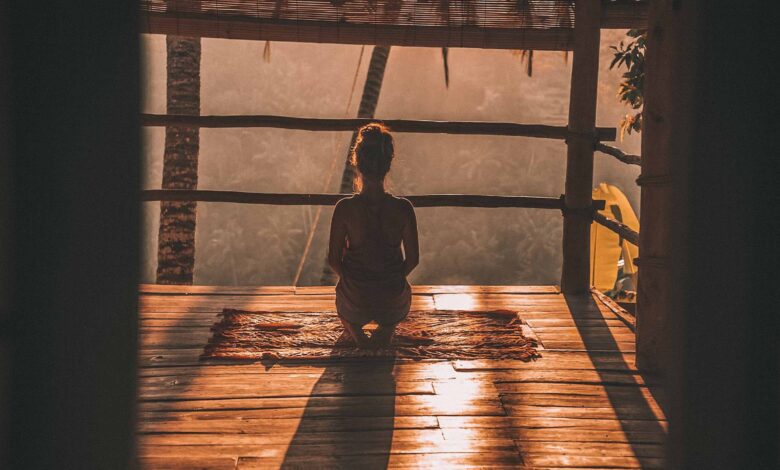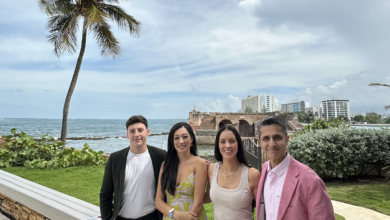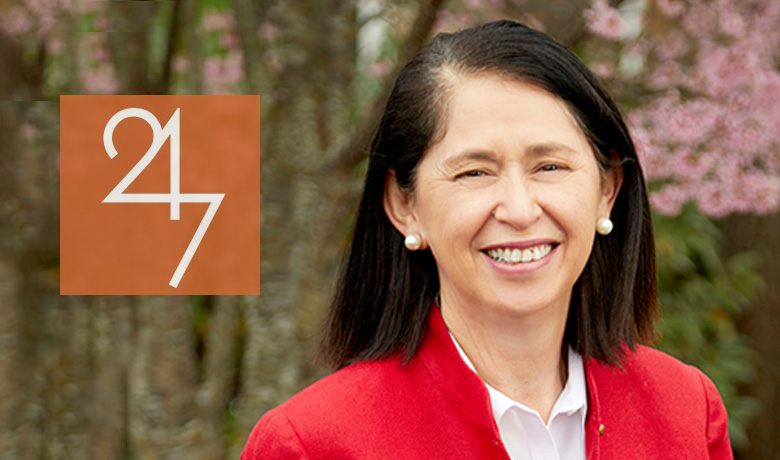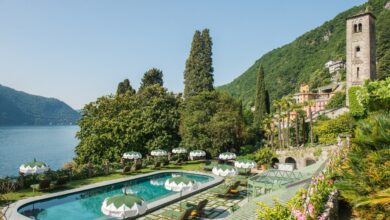
A Simple Case Study to Show How Any Hotel Can Get Started with Wellness
By Larry and Adam Mogelonsky | July 7, 2023
Look at any global statistic and you’ll see that wellness is becoming popular as well as profitable ($4.9 trillion in 2019 according to the Global Wellness Institute). The question then is how can hotel brands not currently active in this space come to gain a slice of the ever-growing pie?
Before drilling down to a simple property example stemming from a previous consulting assignment where Hotel Mogel was recruited to be the asset manager, here are two big obstacles you may be facing when it comes to the current state of wellness.
- Shopper’s Paralysis: Beyond just spa, wellness is a bit of a catch-all term, bringing together healthy eating, sleep hygiene, mindfulness, yoga, breathwork, nature therapy, physiotherapy, the latest hype around extreme temperature exposure and a slew of others. Where should any given brand start? How do they know their current guests will appreciate these new amenities? How do executives justify big capex upfront that may only have a long-term payout ‘if’ things go according to plan? This ‘paradox of choice’ can prevent the development of a solid plan even before it gets soft approval.
- There’s No Silver Bullet: Will wellness be the saving grace for your hotel? Will it immediately become a vertical with topline revenues on par with the rooms ledger? Just as the results from a healthy diet aren’t immediately perceptible and compound over time, the financial benefits from wellness programming are likewise attained over the long run. Thus, any entrance into this space requires patience, planning and a full-fledged commitment so that there’s time to refine the offerings and build awareness.
To get over these two, you have to first accept that there’s no overnight successes in wellness. You have to embrace it and be in it for the long haul. And as for the problem of too much choice, sorting through these inputs to design a roadmap for continuous operational improvements and a deepening into the wellness space is something that indeed requires a lot of thought and deliberation.
Each brand is different; each hotel is different; therefore, each wellness program is different. Without knowing your own situation, the best we can do is to illustrate how this works with a specific example so that you can extrapolate what might work for you.
Learning from a West Coast Rural Resort
The property was a British Columbian remote, forested resort with just over 50 rooms that made its bread off of middle-aged couples and nuclear families driving up for two-night or three-night stays, along with a smattering of groups and small weddings during summer. The signature restaurant was the same attraction, achieving well-above-breakeven results even though it wasn’t a big draw for nearby residents (as a fine dining locale, it was priced out for regulars and seen as a special occasion place).
While the pandemic restrictions on international travel and subsequent rate yielding helped the resort realize its best topline performance ever for 2021, the sagacious owner knew the party would soon be over. With a desire to buffer the occupancy drop as borders reopened, the two of us proposed the idea of using wellness and outdoor activities as a way to both give guests a clear, marketable ‘reason to visit’ (or ‘revisit’ as much of the efforts were low-cost digital retargeting of existing customers via newsletters, social media and paid search) and drive ancillary spend.
At its current size, the financials didn’t support the buildout of a full-service spa facilities (nor did we want to go through the arduous process of getting municipal approval). Luckily, from a previous remodeling, there was a lower-level fitness room populated with a few machines and dumbbells that was carved out of three former guestrooms – ones that were usually the least desirable and predominant cause of guest chagrin. Besides that, skepticism reigned as current metrics showed that most visitors just wanted to lounge out.
Indoors Wellness First
With a limited budget and a dearth of preexisting cultural buy-in, the roadmap we developed was all about ‘less is more’. So, we chose to set up only one program for: indoors, outdoors and personnel.
While we initially looked into offering strong incentives to have guests visit a nearby yoga studio (packages, shuttles, discount vouchers, promo codes), besides costs the main obstacle was that this wouldn’t be frictionless with respect to the established reason that brought the majority of visitors to the resort – cozying up in a room, great cuisine and maybe a saunter about the grounds decided in the moment. Classes had to be onsite and available on-demand.
Thus, the solution involved the following:
- Low cost transformation of fitness room into an onsite studio by removing equipment
- Scheduling software for both third-party practitioners and for guest to book their spots (nothing fancy insofar as direct bookings, only holding a spot with folio settlement at check-out)
- To start, the hybrid yoga and meditation classes were only made available during peak leisure periods of Friday afternoon through Sunday late morning
- Updates to entire digital marketing presence so that guest awareness was high
- Instead of only purchasing yoga mats and making them available in the studio, these were conspicuously placed in a corner of each room as a strong on-premises nudge
- Team retraining primarily involved personally introducing the marketing team to the practitioners coming onsite (so selling would be done from experience), and instructing the front desk agents to inform guests about class availability, costs and booking
Outdoors Wellness Second
As a British Columbian resort, the property was blessed with verdant land and already had a few trails carved out on-premises, in addition to several fantastic provincial parks within a short drive. The problem was that they were just trails and guests often didn’t know they existed. Similar to the yoga program setup, fixing this required multi-pronged awareness updates and making it all frictionless.
Starting as simple as possible by focusing on hiking and biking, we oversaw the following actions:
- Decorative signage for the on-premises trails
- Illustrated hiking map created then expressed both in print at the front desk and on the website
- Purchase of a handful of mountain bikes available as a zero-cost rental item, requiring an update to the inventory management system as well as the drafting of some legalese
- More digital marketing updates and team retraining
The Cultural Shift
Both of these programs were designed to be low cost because we knew that the direct return would likewise be small and also hard to measure. Besides the yoga class bookings and volume of bike rentals, we also looked at softer metrics like the number of inquiries, both those made digitally during the prearrival stages as well as those made verbally while guests were onsite and any comments made during online guest reviews.
While we would like to say that it was an immediate success, the results were best described as consistently moderate. That is, only about a third (30%) of all leisure guests expressed any form of interest (significantly lower for other segments) in the classes or the trails, with a 5% conversion rate for class bookings from the total customer pool.
However, most remarkable was that satisfaction scores amongst the guests who self-declared that they used the studio or the trails were significantly higher. Moreover, while it’s still too early to evaluate this for certain (under two years of data), we have already noted a greater likelihood of these wellness-activated guests returning in greater frequency to the property – this done by retargeting based on class purchases connected to the guest profiles within the PMS.
With this data at our disposal, the owners became believers. Extensions were drawn up including more classes, guided outdoor experiences, a rethink of the minibar to include healthy F&B and the setup of a small locally sourced, wellness-oriented gift boutique at the front desk (requiring more training and procurement systems updates). But we also used this wellness programming to bolster the team by setting up monthly team-only classes and promoting a passionate guest service agent into the resort’s activities coordinator to help design future programming.
For you, the conclusion should be that you can indeed achieve reasonable returns in the near-term. It doesn’t have to be a loss – often called ‘wellness for the sake of wellness’ – if you start small by working within the physical boundaries of your hotel as well as the mental boundaries through which your current customers are approaching your brand.





Get involved!
Comments